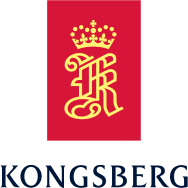Visavi has been acquired
A new chapter has begun
Visavi has been acquired by the Norwegian industrial software business Kongsberg Digital. Kongsberg Digital is a leading provider of next-generation software and digital solutions to customers within maritime, oil and gas, renewables and utilities. The company consists of more than 1000 software experts with leading competence within the internet of things, smart data, artificial intelligence, maritime simulation, automation, and autonomous operations.
The Visavi business and the provisioning of the Visavi SaaS solution continues as before and now, being powered by Kongsberg Digital, we can offer a broader digital offering in addition to the Visavi SaaS solution, and we are looking forward to continuing our business relationship.
